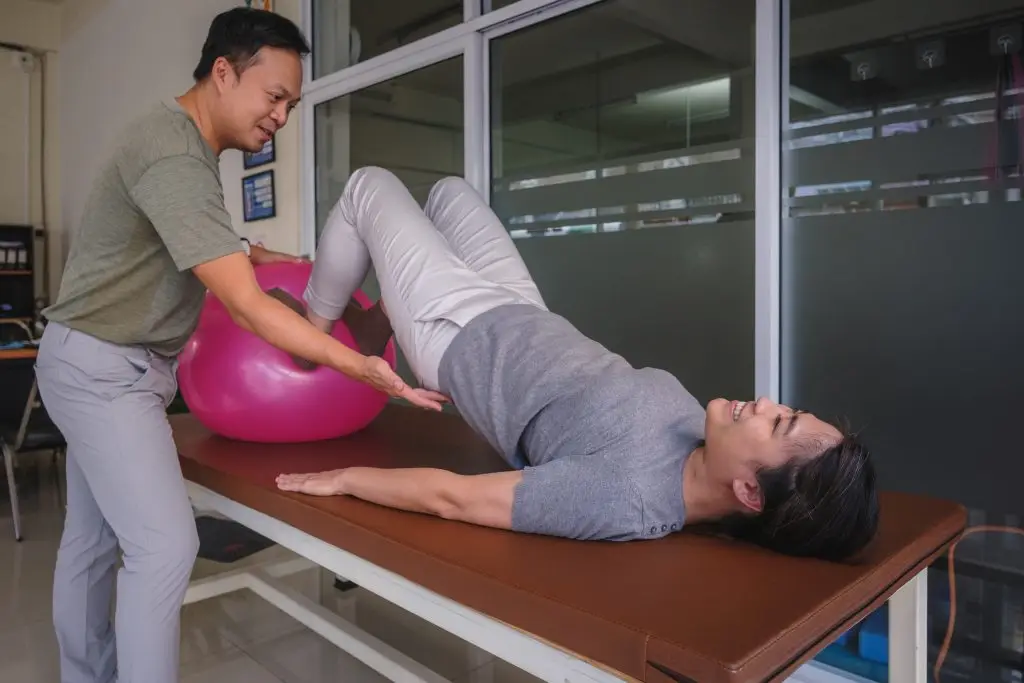People of all ages often feel alone when faced with pelvic health issues that are subtly or dramatically affecting their quality of life. Our mission as pelvic health physical therapists is to provide accessible, sustainable solutions for those suffering from chronic pelvic pain or other conditions that make it harder to live a normal life.
Types of pelvic health disorders
Although pregnancy and childbirth are frequent causes of pelvic pain, weakness, and many other conditions, women who are pregnant or have given birth aren’t the only ones with pelvic health needs. Common conditions that we treat with great success include:
- Weak pelvic floor
- Chronic pelvic pain
- Urinary incontinence
- Lasting pain after abdominal surgery
The good news is that the physical therapy treatments that see success and provide relief to patients are non-invasive, non-prescription treatments that rely on strengthening a targeted set of muscles with a personalized plan.
Symptoms of pelvic health disorders
Beyond the obvious symptoms you might be hyper-aware of, untreated pelvic health conditions can have a domino effect on your overall health and wellness, contributing to physical and mental conditions such as:
- Lack of sexual wellbeing
- Anxiety
- Reproductive organ issues
A particularly sinister problem with the nature of pelvic health disorders is their perceived embarrassing nature that prevents many people from even mentioning to their doctor they’re having an issue, let alone seeking specialist help. We want to destigmatize these and other conditions because you deserve holistic and complete care no matter where or what your struggles are.
How physical therapy can help pelvic floor dysfunction
The literal foundation of pelvic health is a layer of muscles and ligaments that create the pelvic floor to support the organs located at the base of your spine and abdominal cavity, including the bladder, uterus, parts of the bowels, and ovaries. The pelvic floor can experience tears, weakness, tightness, and spasms like any other muscle group or joint, and can also be exercised and strengthened.
Pelvic floor exercises for physical therapy are a major part of any patient’s treatment plan, but the specific exercises, repetitions, and intensity will vary widely by person. We always advise people with concerns about pelvic health to receive an examination where you can also tell a medical professional about any symptoms you may not think are normal in a confidential and judgement-free consultation.
Specific techniques or modalities our physical therapists might include in your pelvic floor treatment plan include:
- Posturing exercises
- Diaphragm breathing
- Biofeedback training
- Relaxation techniques
- Pelvic floor strengthening exercises
What to expect from pelvic floor physical therapy
Not every treatment plan will last the same amount of time or have the same results, because everyone has different goals for treatment and medical histories. However, we seek to minimize any and all symptoms that interfere with our patients’ lives or have caused them mental or emotional distress. We will create goals from treatment that align with your preferences for non-medicated approaches and that fit with your schedule.
This is what personalized care means to us; that it adapts to your needs, not the other way around. Start a no-obligation conversation with our team by calling a nearby office location or contacting us online today.

